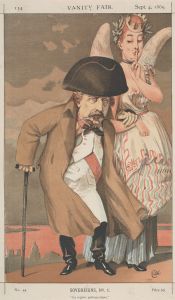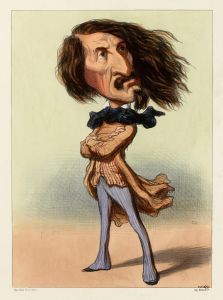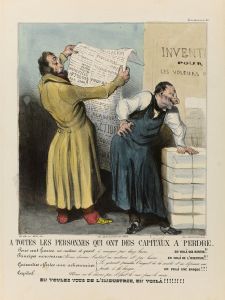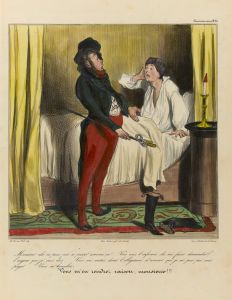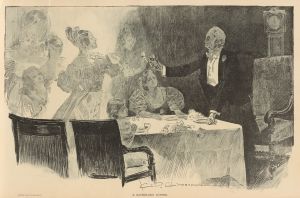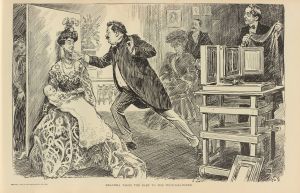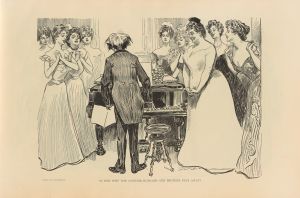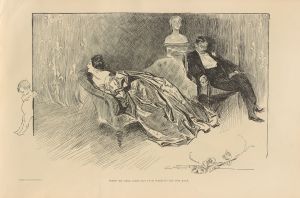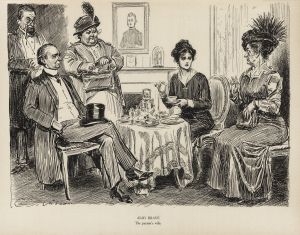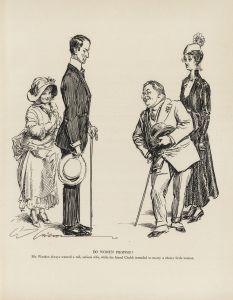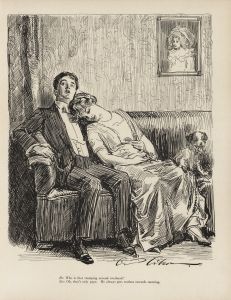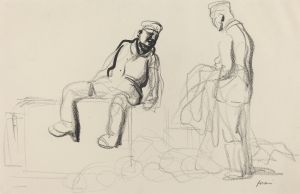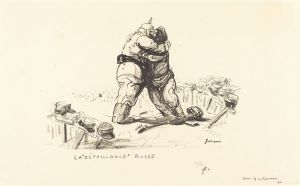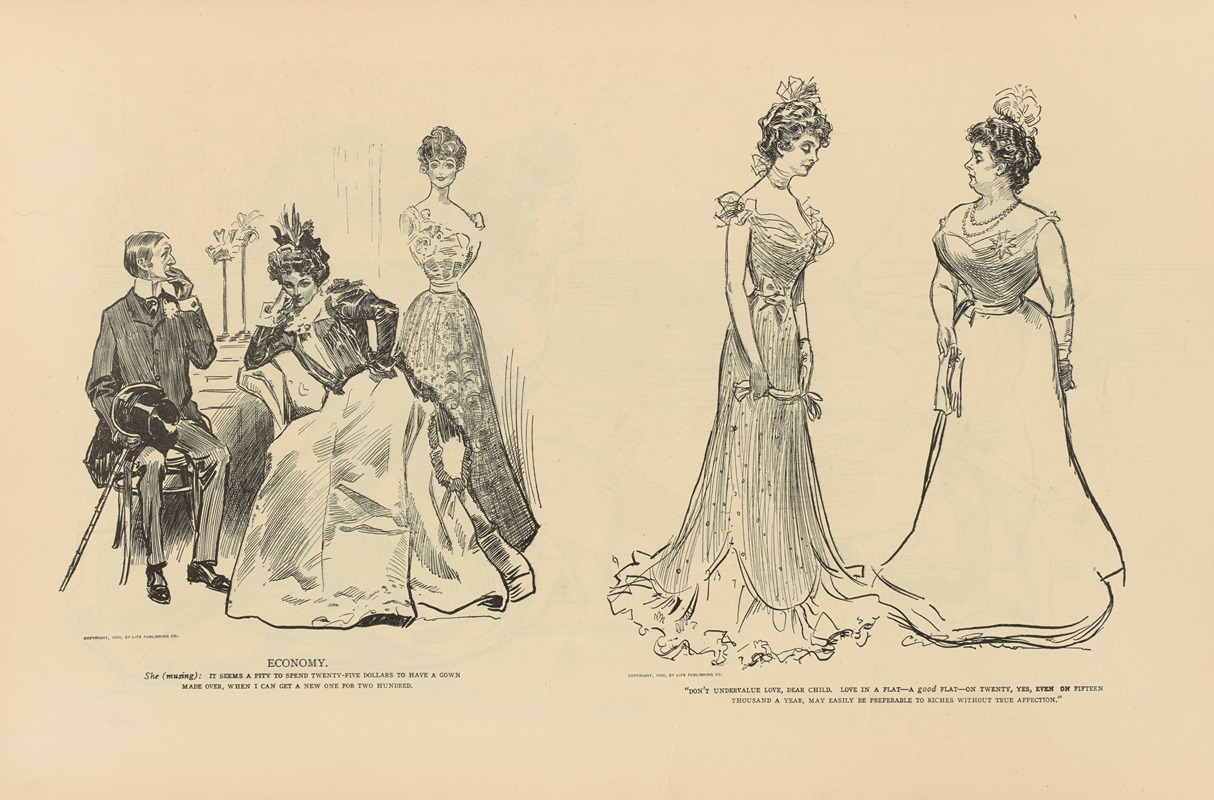
Economy
A hand-painted replica of Charles Dana Gibson’s masterpiece Economy, meticulously crafted by professional artists to capture the true essence of the original. Each piece is created with museum-quality canvas and rare mineral pigments, carefully painted by experienced artists with delicate brushstrokes and rich, layered colors to perfectly recreate the texture of the original artwork. Unlike machine-printed reproductions, this hand-painted version brings the painting to life, infused with the artist’s emotions and skill in every stroke. Whether for personal collection or home decoration, it instantly elevates the artistic atmosphere of any space.
Charles Dana Gibson was an influential American illustrator, best known for creating the iconic "Gibson Girl" image that became a symbol of the idealized American woman at the turn of the 20th century. Among his various works, "Economy" is one of the illustrations that reflects his keen observation of societal norms and his ability to capture the essence of the era through his art.
"Economy" by Charles Dana Gibson is a black-and-white illustration that was published during a time when Gibson's work was widely circulated in magazines such as Life, Harper's Weekly, and Scribner's. Gibson's illustrations often provided commentary on social issues, fashion, and the changing roles of women in society. His work was characterized by its detailed line work and the ability to convey complex social narratives with a single image.
The illustration "Economy" is a part of Gibson's broader body of work that often depicted the lives and interactions of the upper-middle-class society. His illustrations were not just art; they were a reflection of the social dynamics and cultural shifts of the time. Gibson had a unique talent for capturing the subtleties of human expression and the nuances of social interaction, which made his work both entertaining and thought-provoking.
In "Economy," Gibson likely explores themes related to financial prudence and the societal expectations surrounding economic behavior. While specific details about the illustration "Economy" are not extensively documented, it can be inferred that, like many of his works, it would have been a commentary on the social practices of the time, possibly highlighting the contrast between wealth and frugality or the societal pressures to maintain appearances despite financial constraints.
Gibson's illustrations were influential in shaping public perceptions and often sparked discussions about the roles and expectations of men and women in society. His work provided a mirror to the society of his time, reflecting both its virtues and its follies. The "Gibson Girl," for instance, became a cultural icon representing independence, beauty, and social grace, influencing fashion and societal norms.
Charles Dana Gibson's legacy as an illustrator is significant. His ability to capture the spirit of his era with humor and insight has left a lasting impact on American art and culture. His illustrations continue to be studied for their artistic merit and their commentary on early 20th-century American society.
While specific information about the illustration "Economy" is limited, it remains a part of Gibson's celebrated oeuvre that collectively offers a window into the social fabric of his time. His work remains a valuable resource for understanding the cultural and social history of the United States during the late 19th and early 20th centuries.





